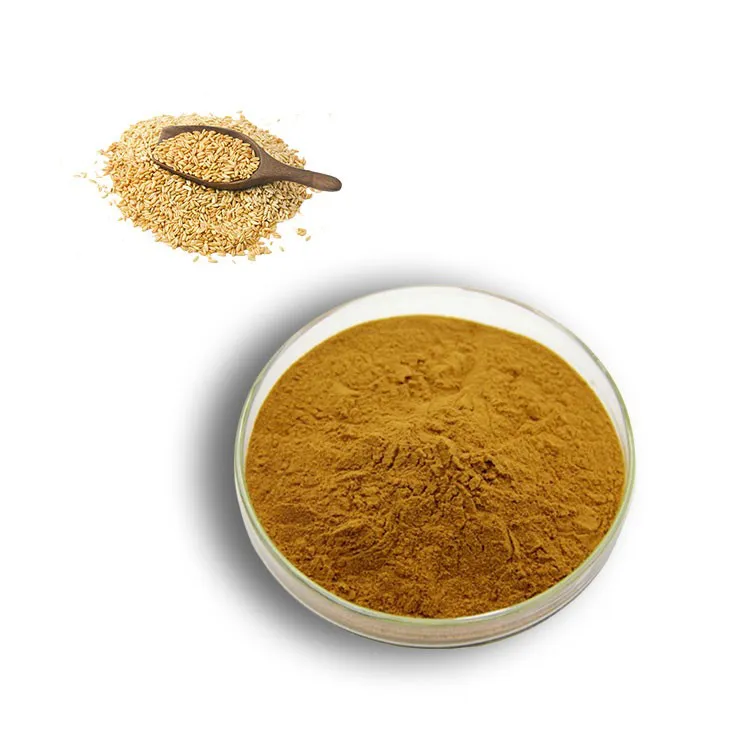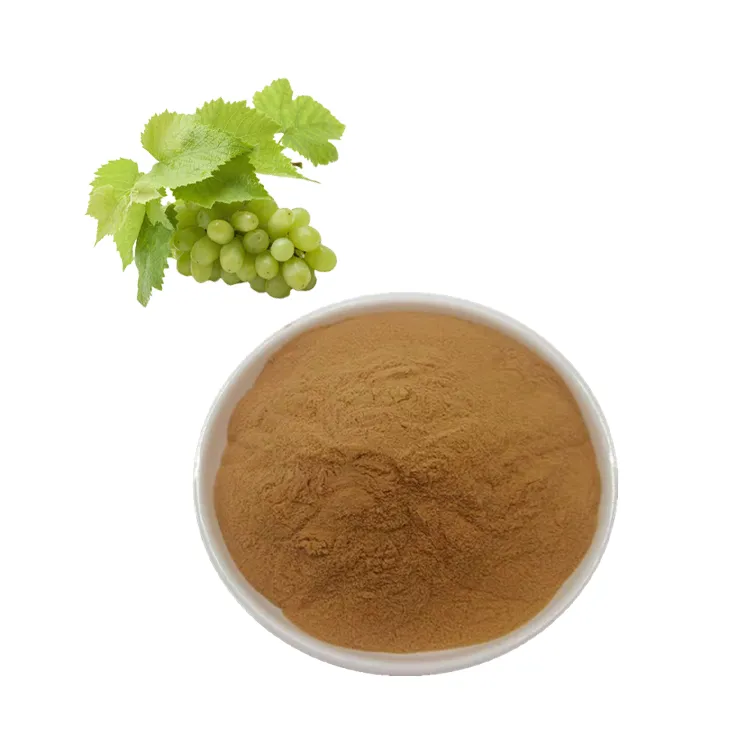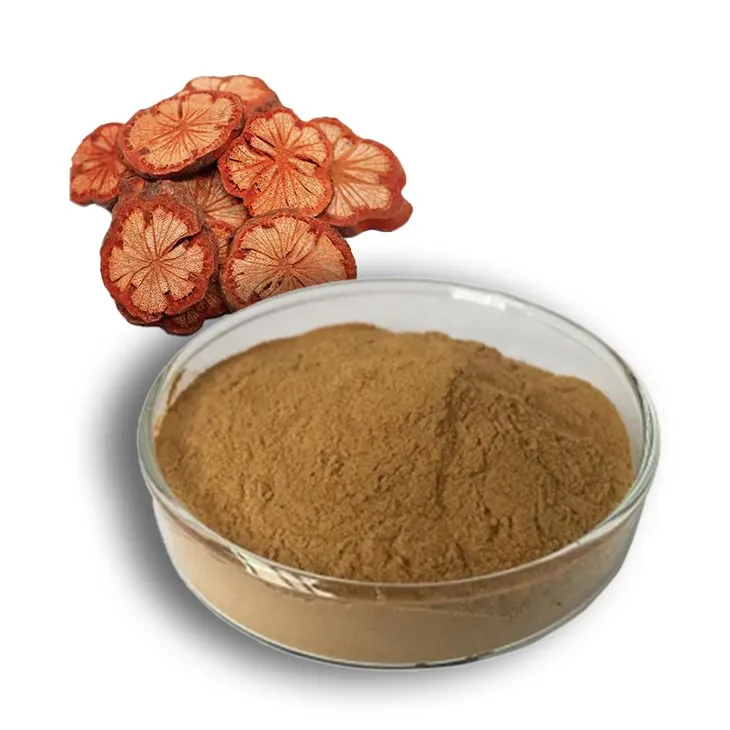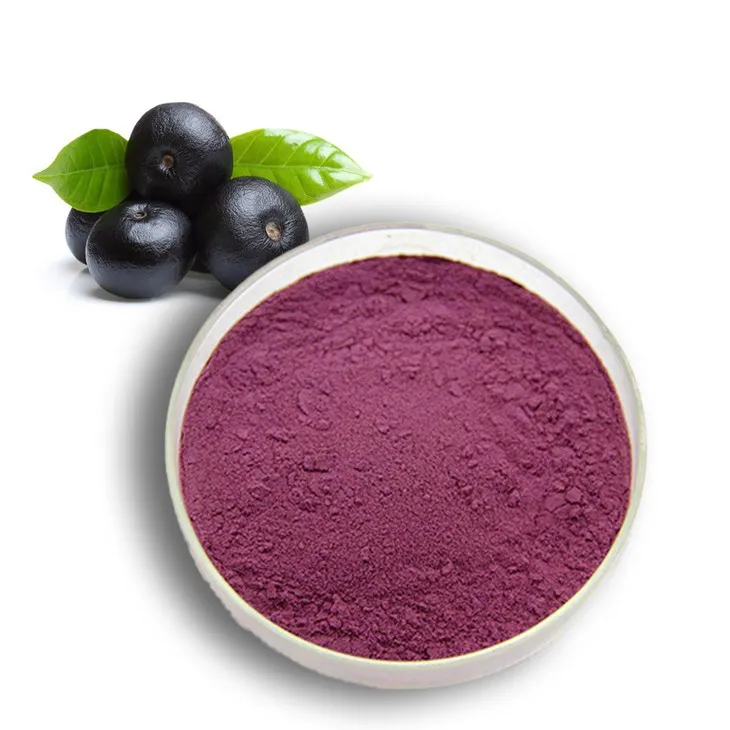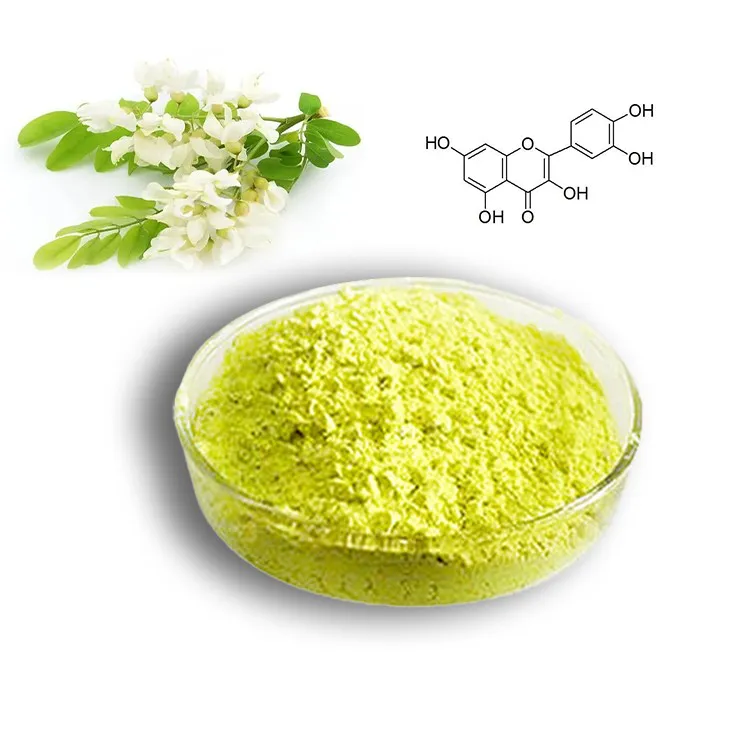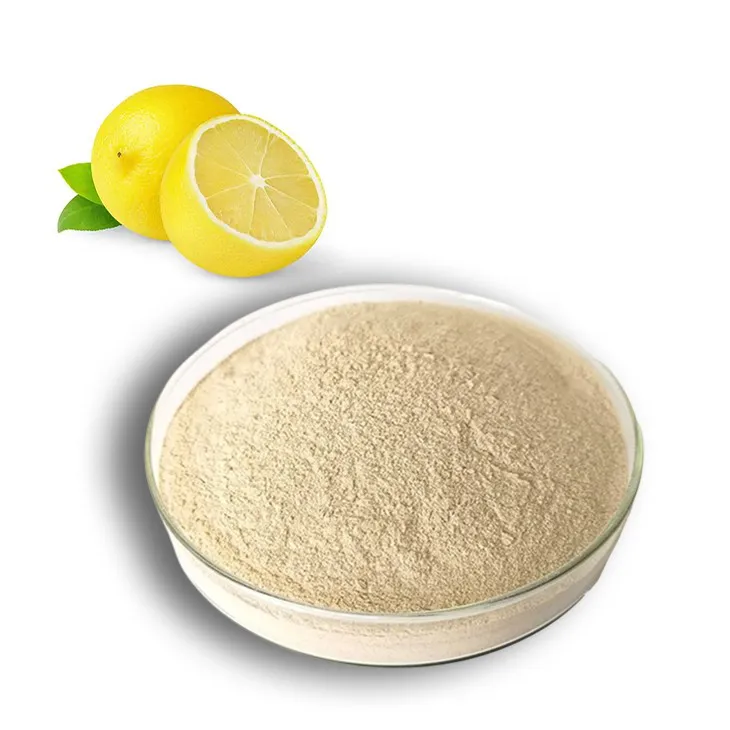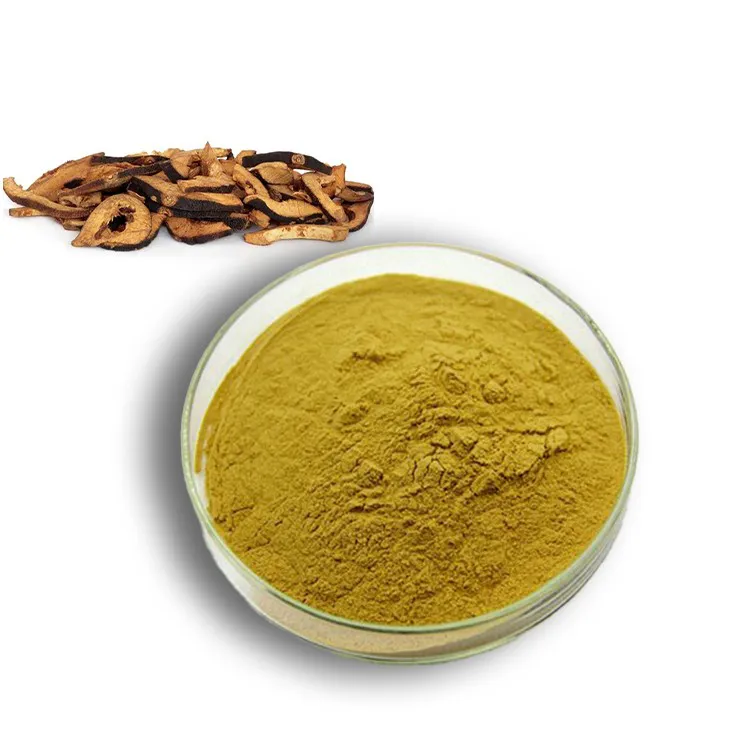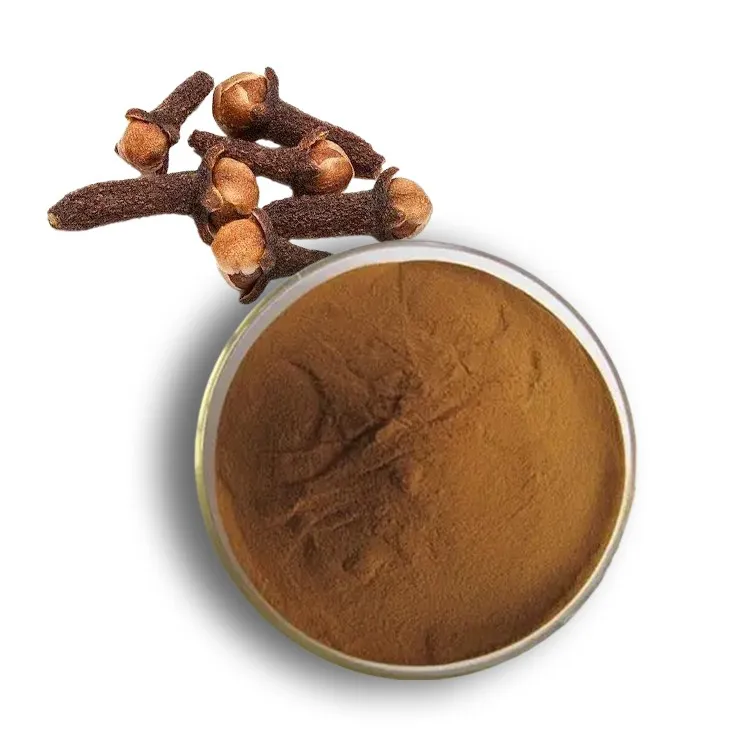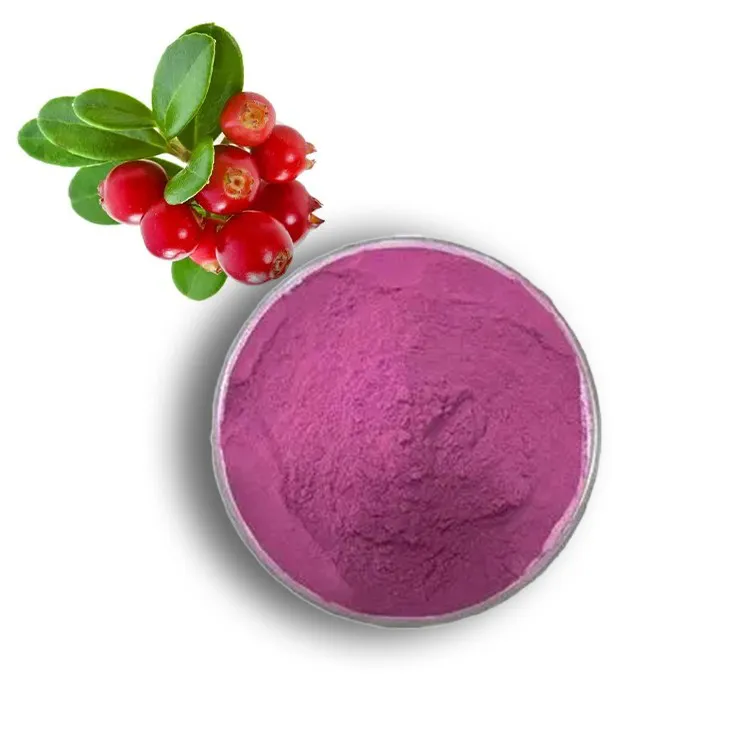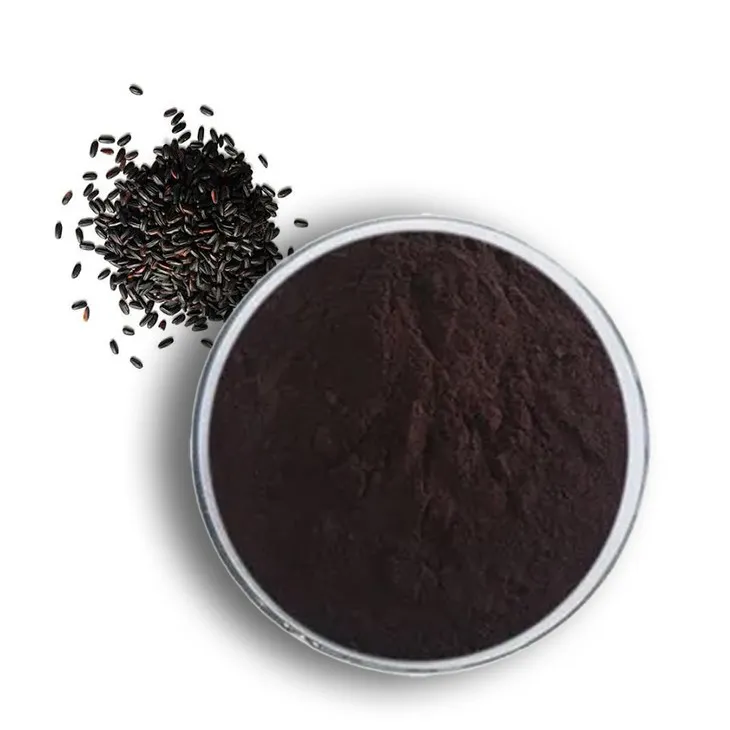- 0086-571-85302990
- sales@greenskybio.com
Charting New Frontiers: Future Research Directions in L-Cysteine Science and Technology
2024-07-04
1. Introduction
L - Cysteine, an amino acid with a unique structure and properties, has been the subject of extensive research in various fields. However, there are still many untapped areas that hold great potential for future exploration. This article aims to highlight the future research directions in L - Cysteine science and technology, particularly in environmental applications, nanotechnology, and biomedical research.
2. L - Cysteine in Environmental Applications
2.1 Pollution Control Mechanisms
L - Cysteine has shown promise in pollution control due to its chemical properties. For example, its ability to chelate heavy metals makes it a potential candidate for treating metal - contaminated water. Heavy metals such as lead, mercury, and cadmium can cause serious environmental and health problems. L - Cysteine can form stable complexes with these metals, facilitating their removal from water sources. The mechanism involves the donation of its sulfur - containing functional group to bind with the metal ions.
Another aspect of pollution control is its role in dealing with organic pollutants. Some organic pollutants are recalcitrant and difficult to degrade. L - Cysteine can potentially interact with these pollutants through various chemical reactions, such as redox reactions. This interaction may either directly transform the pollutants into less harmful substances or enhance their biodegradability by making them more accessible to microorganisms.
2.2 Future Research Avenues in Environmental Applications
- Developing more efficient adsorbents: Researchers can focus on modifying L - Cysteine - based materials to improve their adsorption capacity for pollutants. This could involve incorporating it into different matrices or nanostructures to enhance its surface area and binding affinity.
- Understanding long - term stability: In environmental applications, the long - term stability of L - Cysteine - based systems is crucial. Future studies should investigate how these systems behave over extended periods, including factors such as weathering, chemical degradation, and biological interference.
- Integrating with other treatment methods: Combining L - Cysteine - based pollution control methods with existing treatment technologies, such as activated sludge processes or membrane filtration, could lead to more comprehensive and effective pollution treatment solutions.
3. L - Cysteine in Nanotechnology
3.1 Role in Nanostructure Development
L - Cysteine has significant implications in the development of novel nanostructures. Its unique molecular structure allows it to act as a building block or a capping agent in nanoparticle synthesis. For instance, in the synthesis of metal nanoparticles, L - Cysteine can control the size and shape of the nanoparticles by binding to the metal ions during the nucleation and growth processes.
Moreover, L - Cysteine - modified nanostructures can exhibit enhanced properties. For example, when used in semiconductor nanostructures, it can influence the optical and electronic properties of the nanoparticles. This is due to its ability to modify the surface states of the nanostructures, which in turn affects their interaction with light and charge carriers.
3.2 Future Research Directions in Nanotechnology
- Tailoring nanostructures for specific applications: Researchers can explore ways to precisely design L - Cysteine - based nanostructures for targeted applications, such as in sensors or drug delivery systems. By controlling the composition, size, and shape of the nanostructures, it is possible to optimize their performance for specific functions.
- Investigating self - assembly properties: L - Cysteine has the potential for self - assembly into ordered nanostructures. Future research could focus on understanding the factors that govern this self - assembly process and how to manipulate it to create complex and functional nanostructures.
- Enhancing biocompatibility: In biomedical applications of nanotechnology, biocompatibility is a key factor. Studies can be carried out to further improve the biocompatibility of L - Cysteine - based nanostructures by modifying their surface properties or conjugating them with biocompatible molecules.
4. L - Cysteine in Biomedical Research
4.1 Disease Diagnosis
L - Cysteine and its derivatives have potential applications in disease diagnosis. For example, in the case of some diseases, there are changes in the levels of certain metabolites in the body, and L - Cysteine - related compounds may be involved in these metabolic changes. By detecting the levels of L - Cysteine or its metabolites in biological fluids such as blood or urine, it may be possible to diagnose diseases at an early stage.
Furthermore, L - Cysteine - based probes can be developed for imaging applications. These probes can target specific biomarkers in cells or tissues, allowing for non - invasive or minimally invasive diagnosis. For example, fluorescently labeled L - Cysteine derivatives can be used to visualize cancer cells or detect inflammation - related markers.
4.2 Disease Treatment
In disease treatment, L - Cysteine has several potential roles. One aspect is its antioxidant property. Many diseases are associated with oxidative stress, and L - Cysteine can scavenge free radicals, thereby reducing oxidative damage to cells. This antioxidant function may be beneficial in treating diseases such as neurodegenerative disorders, cardiovascular diseases, and diabetes.
Another area of interest is its use in drug delivery systems. L - Cysteine - modified nanoparticles can be designed to encapsulate drugs and target specific cells or tissues. This targeted drug delivery can improve the efficacy of drugs while reducing their side effects. For example, in cancer treatment, nanoparticles conjugated with L - Cysteine can be targeted to cancer cells, delivering chemotherapy drugs directly to the tumor site.
4.3 Future Research Opportunities in Biomedical Research
- Personalized medicine: With the increasing emphasis on personalized medicine, future research could focus on how L - Cysteine - related biomarkers can be used to develop personalized diagnostic and treatment strategies for individual patients. This would involve studying the genetic and epigenetic factors that influence L - Cysteine metabolism in different individuals.
- Combination therapies: Investigating the combination of L - Cysteine - based treatments with other existing therapies, such as immunotherapy or gene therapy, could lead to more effective treatment regimens for complex diseases.
- Mechanistic studies: Further in - depth mechanistic studies are needed to fully understand how L - Cysteine exerts its effects in disease processes. This includes studying its interactions with cellular components, signaling pathways, and gene expression.
5. Conclusion
In conclusion, L - Cysteine science and technology offer a vast array of future research directions. In environmental applications, it has the potential to revolutionize pollution control. In nanotechnology, it can be a key component in the development of novel nanostructures with unique properties. And in biomedical research, it holds great promise for disease diagnosis and treatment. As researchers continue to explore these areas, it is expected that new insights and applications of L - Cysteine will emerge, contributing to the advancement of multiple scientific disciplines.
FAQ:
What are the potential environmental applications of L - Cysteine in pollution control?
L - Cysteine has the potential to be used in various environmental applications for pollution control. For example, it may be involved in the remediation of heavy metal - polluted soils or waters. Due to its chemical properties, it can form complexes with certain heavy metals, thereby reducing their toxicity and mobility. It could also play a role in the degradation of some organic pollutants, perhaps through catalytic or reactive mechanisms within the environmental matrices.
How can L - Cysteine contribute to the development of novel nanostructures in nanotechnology?
In nanotechnology, L - Cysteine can be a significant building block for novel nanostructures. Its unique molecular structure, which contains a thiol group (-SH), allows it to participate in self - assembly processes. This thiol group can form strong covalent bonds with metal atoms, enabling the precise control of nanostructure formation. It can also be used as a stabilizer or surface - modifying agent for nanoparticles, influencing their size, shape, and stability, which are crucial factors in the development of advanced nanostructures.
What are the prospects of L - Cysteine in biomedical research for disease diagnosis?
L - Cysteine holds promising prospects in biomedical research for disease diagnosis. It may be used as a biomarker or a component in biomarker assays. For example, abnormal levels of L - Cysteine or its derivatives in body fluids such as blood or urine could potentially indicate certain diseases. Additionally, it can be conjugated with other molecules, like antibodies or fluorescent dyes, to create specific probes for detecting disease - related antigens or cells. This conjugation can enhance the sensitivity and selectivity of diagnostic methods.
How can L - Cysteine be utilized in the treatment of diseases in biomedical research?
In biomedical research related to disease treatment, L - Cysteine can play multiple roles. It can act as a precursor for the synthesis of glutathione, an important antioxidant in the body. By supplementing L - Cysteine, the intracellular glutathione levels can be increased, which may help in combating oxidative stress - related diseases. Moreover, its thiol group can participate in redox reactions, which could potentially be harnessed for the treatment of certain diseases where redox imbalance is a factor. It may also be used in drug delivery systems, where it can be attached to drugs to improve their solubility, stability, or targeting ability.
What are the challenges in further studying L - Cysteine in these new research directions?
There are several challenges in further studying L - Cysteine in these new research directions. One challenge is its stability under different environmental and physiological conditions. For example, in some applications, it may be prone to oxidation, which can affect its functionality. Another challenge is the complexity of its interactions with other molecules. In biomedical applications, it needs to interact precisely with target molecules without interfering with normal biological processes. In nanotechnology, controlling the reaction kinetics and selectivity of L - Cysteine - based reactions can be difficult. Additionally, from an environmental perspective, understanding its long - term behavior and potential secondary effects in pollution control applications is still an area that requires more research.
Related literature
- L - Cysteine - Mediated Synthesis of Nanomaterials and Their Applications"
- "The Role of L - Cysteine in Environmental Remediation: A Review"
- "L - Cysteine in Biomedical Research: Current Status and Future Perspectives"
TAGS:
What are the prospects of L - Cysteine in biomedical research for disease diagnosis?
L - Cysteine holds promising prospects in biomedical research for disease diagnosis. It may be used as a biomarker or a component in biomarker assays. For example, abnormal levels of L - Cysteine or its derivatives in body fluids such as blood or urine could potentially indicate certain diseases. Additionally, it can be conjugated with other molecules, like antibodies or fluorescent dyes, to create specific probes for detecting disease - related antigens or cells. This conjugation can enhance the sensitivity and selectivity of diagnostic methods.
How can L - Cysteine be utilized in the treatment of diseases in biomedical research?
In biomedical research related to disease treatment, L - Cysteine can play multiple roles. It can act as a precursor for the synthesis of glutathione, an important antioxidant in the body. By supplementing L - Cysteine, the intracellular glutathione levels can be increased, which may help in combating oxidative stress - related diseases. Moreover, its thiol group can participate in redox reactions, which could potentially be harnessed for the treatment of certain diseases where redox imbalance is a factor. It may also be used in drug delivery systems, where it can be attached to drugs to improve their solubility, stability, or targeting ability.
What are the challenges in further studying L - Cysteine in these new research directions?
There are several challenges in further studying L - Cysteine in these new research directions. One challenge is its stability under different environmental and physiological conditions. For example, in some applications, it may be prone to oxidation, which can affect its functionality. Another challenge is the complexity of its interactions with other molecules. In biomedical applications, it needs to interact precisely with target molecules without interfering with normal biological processes. In nanotechnology, controlling the reaction kinetics and selectivity of L - Cysteine - based reactions can be difficult. Additionally, from an environmental perspective, understanding its long - term behavior and potential secondary effects in pollution control applications is still an area that requires more research.
Related literature
- L - Cysteine - Mediated Synthesis of Nanomaterials and Their Applications"
- "The Role of L - Cysteine in Environmental Remediation: A Review"
- "L - Cysteine in Biomedical Research: Current Status and Future Perspectives"
TAGS:
What are the challenges in further studying L - Cysteine in these new research directions?
There are several challenges in further studying L - Cysteine in these new research directions. One challenge is its stability under different environmental and physiological conditions. For example, in some applications, it may be prone to oxidation, which can affect its functionality. Another challenge is the complexity of its interactions with other molecules. In biomedical applications, it needs to interact precisely with target molecules without interfering with normal biological processes. In nanotechnology, controlling the reaction kinetics and selectivity of L - Cysteine - based reactions can be difficult. Additionally, from an environmental perspective, understanding its long - term behavior and potential secondary effects in pollution control applications is still an area that requires more research.
Related literature
- L - Cysteine - Mediated Synthesis of Nanomaterials and Their Applications"
- "The Role of L - Cysteine in Environmental Remediation: A Review"
- "L - Cysteine in Biomedical Research: Current Status and Future Perspectives"
TAGS:
- ▶ Hesperidin
- ▶ Citrus Bioflavonoids
- ▶ Plant Extract
- ▶ lycopene
- ▶ Diosmin
- ▶ Grape seed extract
- ▶ Sea buckthorn Juice Powder
- ▶ Fruit Juice Powder
- ▶ Hops Extract
- ▶ Artichoke Extract
- ▶ Mushroom extract
- ▶ Astaxanthin
- ▶ Green Tea Extract
- ▶ Curcumin
- ▶ Horse Chestnut Extract
- ▶ Other Product
- ▶ Boswellia Serrata Extract
- ▶ Resveratrol
- ▶ Marigold Extract
- ▶ Grape Leaf Extract
- ▶ New Product
- ▶ Aminolevulinic acid
- ▶ Cranberry Extract
- ▶ Red Yeast Rice
- ▶ Red Wine Extract
-
Oat Straw Extract Powder
2024-07-04
-
Grape Leaf Extract
2024-07-04
-
Red Vine Extract
2024-07-04
-
Acai Berry Extract
2024-07-04
-
Quercetin
2024-07-04
-
Lemon Extract
2024-07-04
-
Citrus Aurantium Extract
2024-07-04
-
Clove Powder
2024-07-04
-
Europen Bilberry Extract
2024-07-04
-
Black Rice Extract
2024-07-04











